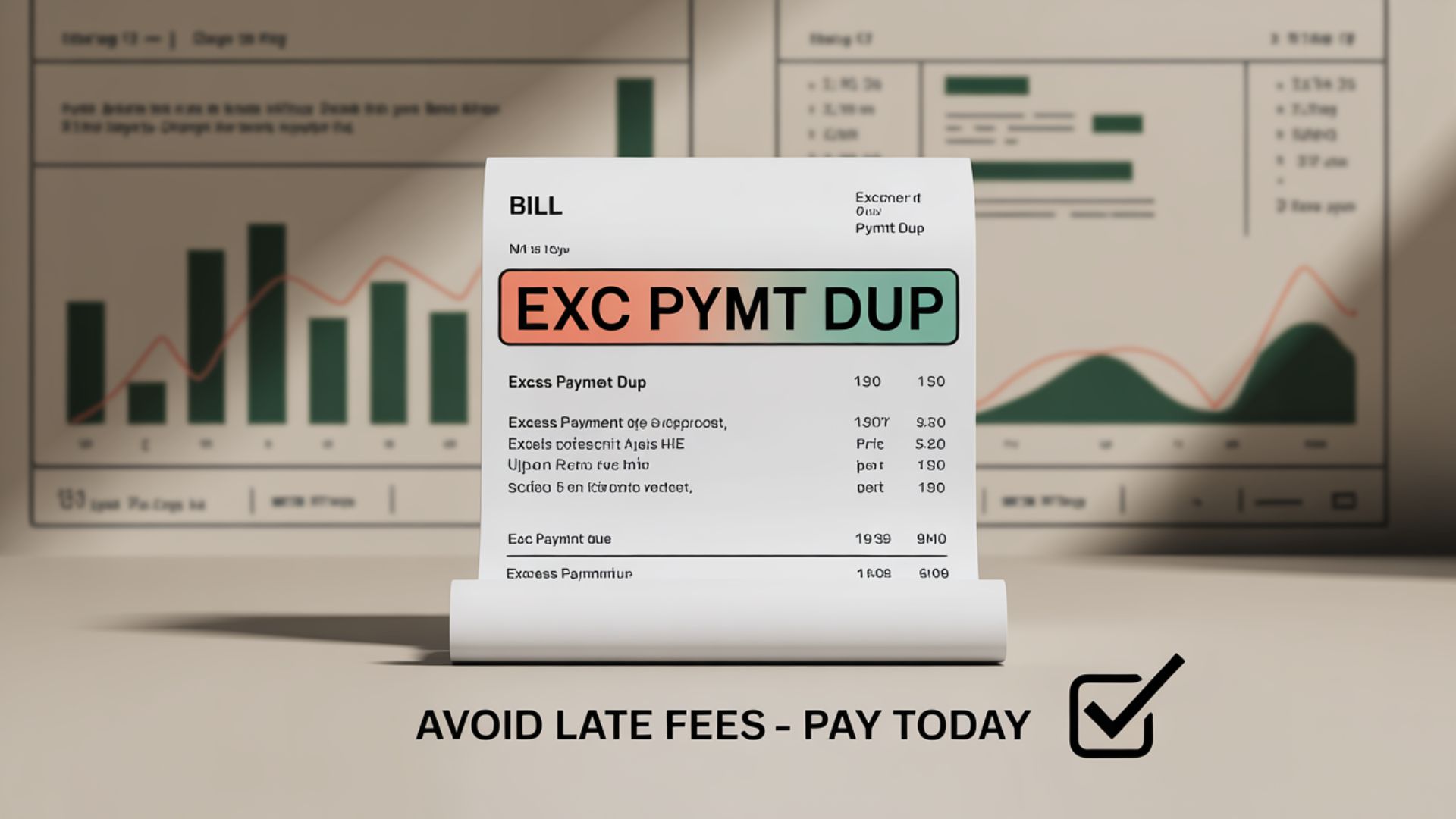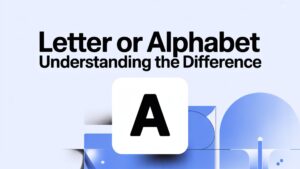When you see EXC PYMT DUP listed in your HDFC Bank account statement, it’s easy to panic. The term looks technical, but it’s actually straightforward: it indicates that a duplicate payment was detected and reversed back to your account. This usually means your bank or the payment network identified that you paid twice for the same transaction and returned the excess amount.
This comprehensive guide will explain what this term means, why it happens, and how you can handle and prevent similar issues in the future.
Understanding EXC PYMT DUP
The abbreviation is broken down as follows:
- EXC: Excess
- PYMT: Payment
- DUP: Duplicate
So, when you see EXC PYMT DUP amount credited back to your HDFC account, it simply means your extra payment has been refunded. This label appears in your HDFC statement, passbook, or mobile banking app whenever a reversal for an overpayment takes place.
Where It Shows Up
- Mobile banking app: Listed under transaction details.
- Email/SMS alerts: Usually marked as “Refund” or “Credit.”
- Monthly statements: Appears under credited amounts with this description.
Why Duplicate Payments Happen
Duplicate payments are more common than you might think. Here are some realistic scenarios:
Mistaken Double Payment by Customer
Sometimes customers accidentally pay a bill twice, especially when they aren’t sure if the first attempt went through. A simple example is making a UPI transfer and then paying again using net banking out of caution.
Auto-Pay or Standing Instruction Overlaps
If you have auto-pay enabled for services like credit cards or EMIs, manual payments may overlap with automatic ones, causing duplicate deductions.
Banking System Glitches
Temporary glitches in HDFC’s system or third-party payment gateways may trigger a duplicate debit, which is typically reversed automatically.
Merchant Settlement Errors
Occasionally, merchants accidentally request the same payment twice while settling their accounts. In these cases, HDFC processes a reversal.
Payment Confirmation Delays
If the payment confirmation is delayed, users might retry, causing an extra debit. Banks detect this later and reverse it.
How to Verify the Credit
To ensure the EXC PYMT DUP credit is legitimate, follow these steps:
- Check Transaction IDs: Compare UTR numbers or payment reference IDs of your recent transactions.
- Match Transaction Dates: Look for similar timestamps to see if two payments for the same service were made.
- Cross-Check Merchant Receipts: Review emails or invoices from the merchant.
- Use HDFC’s App/NetBanking: The transaction description often includes identifiers for the duplicate.
This step-by-step review ensures you’re aware of all credits and debits, reducing confusion or anxiety.
How to Resolve an EXC PYMT DUP Issue
Most duplicate payments are refunded automatically. However, if you notice any delays or discrepancies, here’s what to do:
Review Your Recent Payments
Look at your account history for the last week. This helps determine if any merchant overcharged you or if an auto-payment was triggered.
Contact the Merchant First
Merchants can confirm if they received more than one payment. In some cases, they may initiate the refund themselves.
Contact HDFC Customer Support
Have these details ready:
- Transaction reference/UTR number
- Date and time of payment
- Payment method (UPI, NetBanking, card)
You can reach HDFC through:
- Customer care helpline
- Email support
- Live chat via NetBanking or the mobile app
Raise a Dispute if Needed
If the duplicate charge hasn’t reversed automatically, file a dispute. HDFC usually investigates and resolves such issues within 3–7 working days.
How HDFC Processes Duplicate Payment Reversals
HDFC’s internal systems are designed to auto-detect and reverse duplicate payments. Here’s how the process works:
- Detection: Banking systems track identical transaction IDs or payment amounts made within a short time frame.
- Reversal: Funds are credited back to your account, often automatically.
- Timeline: Instant for UPI transactions, 1–7 working days for card or net banking.
HDFC also follows RBI guidelines to ensure refunds are timely and accurate.
Preventing Future Duplicate Payments
You can minimize the chances of encountering EXC PYMT DUP credits with these practices:
- Always confirm before retrying a payment: Wait a few minutes before initiating another transfer.
- Enable SMS/email alerts: Instant notifications help you track successful payments.
- Regularly check auto-pay settings: Avoid overlapping manual and automatic deductions.
- Avoid repeated clicks: Slow networks can tempt users to click “Pay” multiple times.
- Set transaction reminders: Track recurring payments like rent, bills, or EMIs.
Security and Fraud Considerations
Although EXC PYMT DUP credits are usually legitimate, be cautious:
- Check SMS source codes: Fraudsters may send fake messages mimicking HDFC.
- Verify via NetBanking: Always cross-check in your account.
- Report suspicious activity: If you get unusual refund messages, call HDFC immediately.
If your account is ever compromised, HDFC offers a fraud helpline and blocking services for cards and accounts.
Frequently Asked Questions (FAQs)
What does EXC PYMT DUP mean? It means an excess or duplicate payment was credited back to your account.
Why was a duplicate payment credited back? Because HDFC or the merchant detected multiple charges for the same transaction.
How long do reversals take? UPI reversals are often instant. Card or net banking payments take 1–7 days.
Does this affect my account balance? Yes, but positively you’re receiving a refund, not losing money.
Can it affect my credit score? No, duplicate payments do not impact your credit rating.
Quick Reference Table
| Payment Method | Common Causes of Duplicate Payment | Refund Timeline | Whom to Contact |
|---|---|---|---|
| UPI / IMPS | Network glitches, delayed confirmation | Instant – 2 days | HDFC Customer Care |
| Credit/Debit Cards | Merchant errors, double charging | 3–7 working days | HDFC Card Support |
| NetBanking | Multiple clicks, timeout issues | 1–3 working days | NetBanking Helpdesk |
| Standing Instructions | Overlapping auto-pay schedules | 2–5 working days | HDFC Branch/Online Portal |
Conclusion
Spotting EXC PYMT DUP amount credited back to your HDFC account is usually good news it means you got your money back. This code is a safeguard, showing that HDFC’s systems are working to ensure you aren’t overcharged. By staying alert, reviewing transactions, and using auto-pay responsibly, you can avoid these issues altogether. Always keep track of your payments, and if something looks suspicious, HDFC’s customer support team is just a call away.









